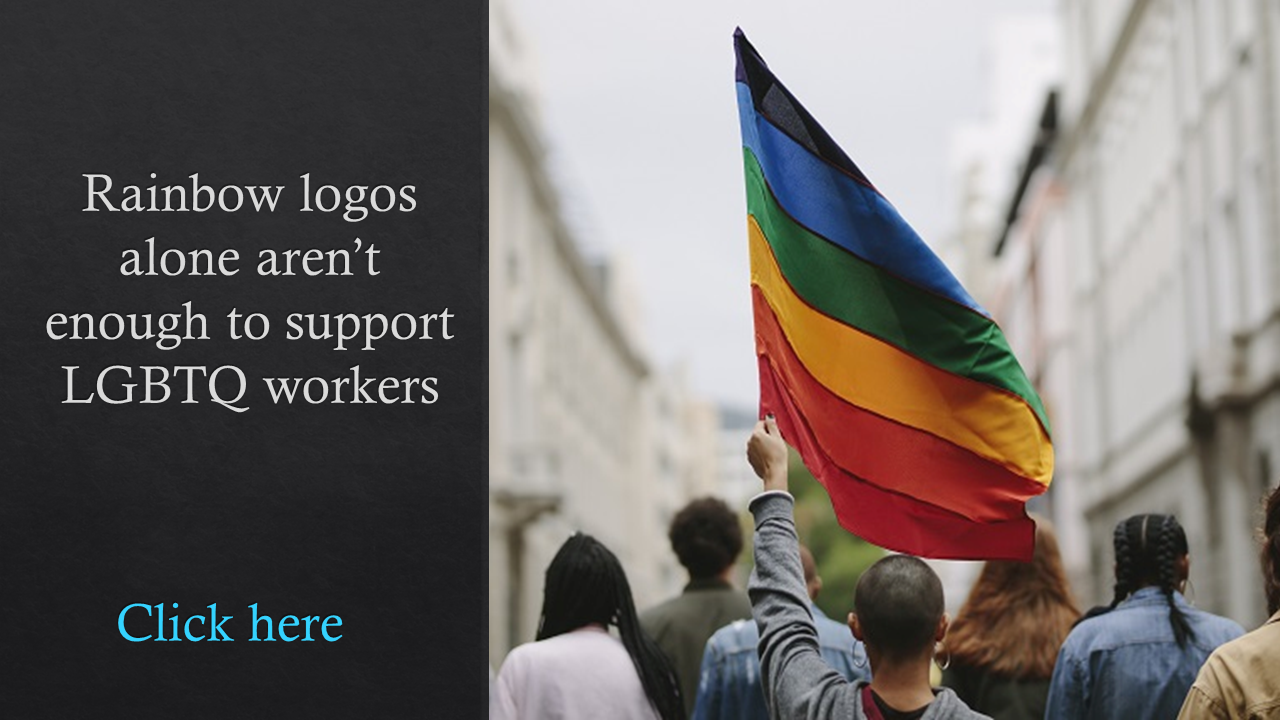Following the killing of George Floyd by Minneapolis police in May 2020, and the protests and demands for more equity, opportunity and support for Black people that followed, companies around the United States quickly started hiring chief diversity officers.

These hirings increased to as many as a dozen monthly in the S&P’s 500 Index–almost triple the rate of the previous 16 months, according to executive search and leadership advisory firm Russell Reynolds Associates. At least 60 firms appointed their first-ever diversity leader from May 2020 to March 2021.
While 85 of the nation’s top 100 corporations tracked by Bloomberg for corporate diversity now have a chief diversity officer, simply hiring a singular employee won’t solve an organization’s diversity, equity and inclusion problems.
When you think about retaining diverse talent, recruiting is just the first step. Diversity cannot exist in a vacuum of equity, inclusion and belonging. That’s where the rubber meets the road.
In order to not only attract, but ultimately retain diverse talent, companies need to create an inclusive and supportive environment for all to thrive. Many top-level executives now see DE&I as a priority, rather than a requirement, but upper and middle management are seldom provided the resources to efficiently and adequately create such changes. And while companies have recently made significant donations and investments to further DE&I, are the efforts being done to appear favorably to the media and masses, or are they being invested internally or externally to make sure it’s actually equitable?
See also: 5 things to learn from the World’s Most Admired Companies
So, imagine you have Company X that has hired a chief diversity officer–great!–and invested in DE&I efforts–great!–but now what? Hiring the best person for the job, regardless of race, gender, religion, etc. has been done, but how do you support that hire, and every employee for that matter, to achieve ultimate success? Here are five tips to retain diverse talent.
Equitable pay
Does your company have equitable pay among your employees? Offering equitable pay, and being transparent about it, is a great way to retain employees because they know they’re being paid fairly for the work that they’re doing and how they’re contributing in the role within their organization.
Staying focused
What’s your internal talent management strategy for diverse candidates and employees? Far too often, companies are too busy trying to figure out how to recruit externally that the talent they already have is ignored. Letting your diverse employees know that opportunities are open and available is a great way to promote, and thus retain, such talent.
Related: Think there’s no bias in your hiring process? AI says think again
A voice at the table
Look around when you’re making decisions and building business strategies and realize whose voice isn’t being heard and whose voice isn’t present. Make sure you let those individuals know their voice and perspective is important and amplify those voices. If you’ve just given me a seat at the table, but haven’t given me the ability to be seen or heard, then it doesn’t benefit anyone.
Creating a safe space
We live in a “cancel culture” right now, so many people are afraid to even ask the most civil of questions because they’re afraid if they say the wrong thing to someone, then they’re going to get “canceled,” no matter how much positive intent they have and how much they want to learn and grow. We have to create psychologically safe cultures for not only people who have historically been excluded but also for people who are in the majority to actually bridge that gap. We need to be in it together, but if we’re scared to talk, that creates an issue not only when it comes to understanding and acknowledging those changes, but more importantly, addressing them.
Humanize diversity
We need to humanize diversity. Period. We have to make sure that everybody is in this constant commitment to make sure everyone in our environment is treated like a human being. That may mean that others won’t always behave the way you’re going to behave, but instead of having a lack of tolerance for that, you need to switch to a culture of curiosity and bridge building.
 Diversity, equity and inclusion shouldn’t be viewed as a box that needs to be checked for an organization, it should be a priority. Recruiting, supporting and advancing a diverse set of voices will only benefit a company in both the short and long term. A Boston Consulting Group study revealed that companies with diverse teams produce 19% more revenue because they are more in tune with customers’ ever-changing needs, and their adaptability is a byproduct of their internal diverse backgrounds and perspectives.
Diversity, equity and inclusion shouldn’t be viewed as a box that needs to be checked for an organization, it should be a priority. Recruiting, supporting and advancing a diverse set of voices will only benefit a company in both the short and long term. A Boston Consulting Group study revealed that companies with diverse teams produce 19% more revenue because they are more in tune with customers’ ever-changing needs, and their adaptability is a byproduct of their internal diverse backgrounds and perspectives.
Getting diverse candidates through the door is the first step. Supporting them via an understanding and inclusive workplace environment is what retains them.
Let’s lead with empathy, transparency, curiosity and a true commitment to understand the shoes someone else walks in and create environments where, even if we disagree with one another, we can still learn from one another.

